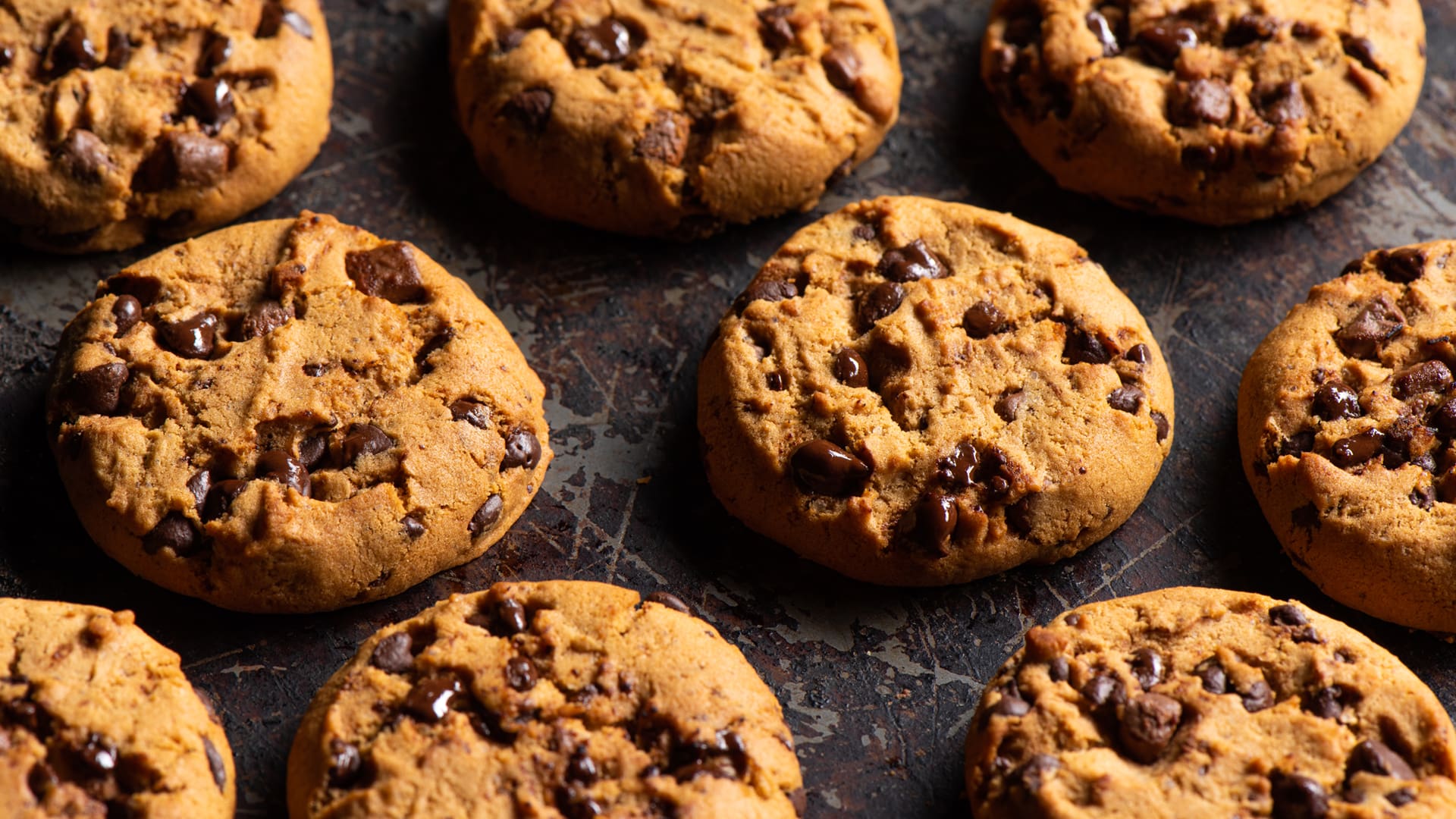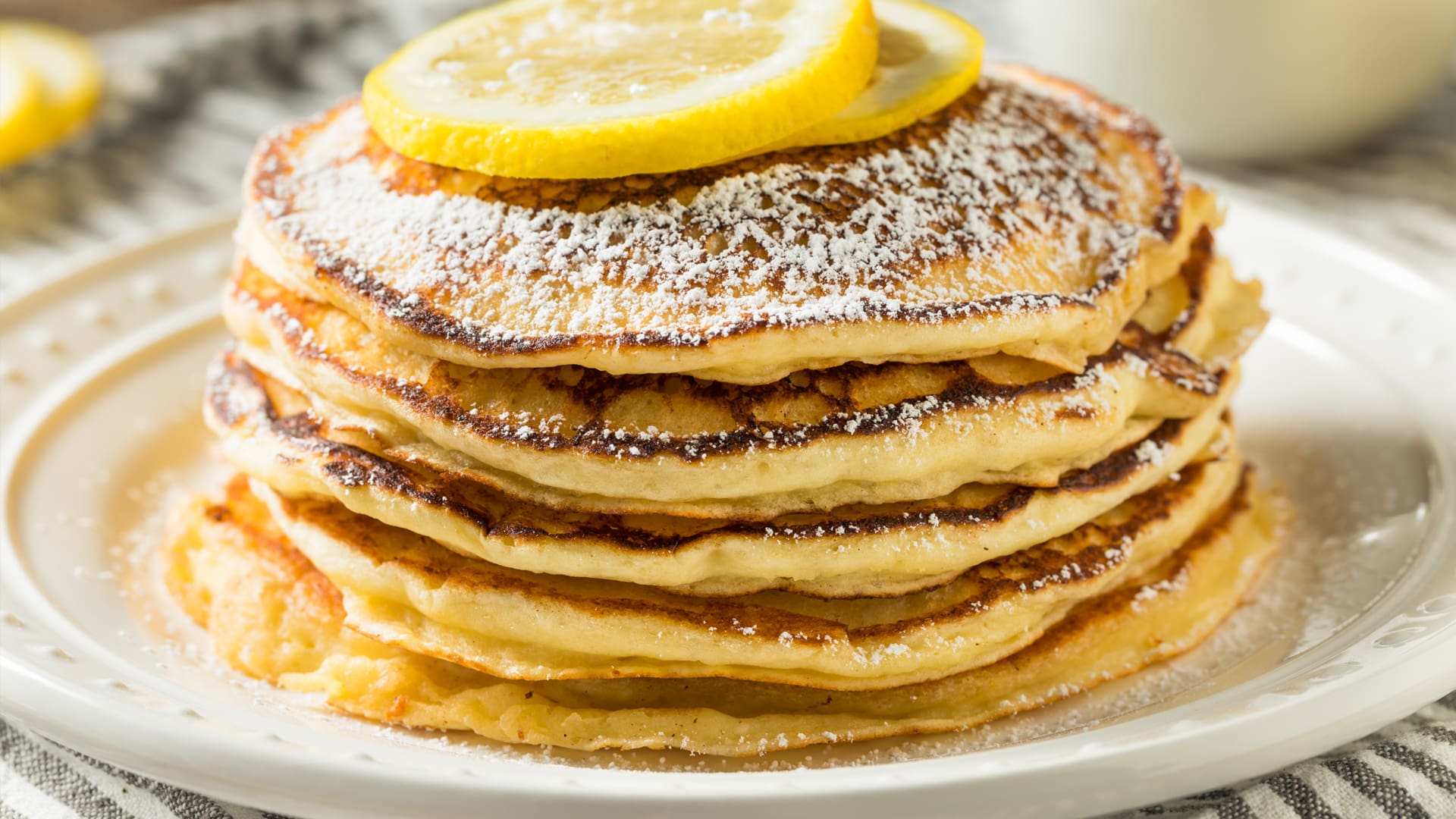Cross-contact occurs when an allergen (in this case, gluten) is accidentally transferred from a gluten containing food to a food that does not contain gluten. The management of cross contact is an important part of following a gluten free diet.
The risk of cross contact at home can be effectively managed. Here are some areas to consider in your own home – decide what works best for your house and family:
-
Always use clean food preparation areas, appliances, boards, utensils and hands i.e. washed with warm soapy water or wiped clean of crumbs or flour dust with a damp cloth.
-
If sharing spreads and condiments, e.g. butter, jam, honey, etc. ensure no crumbs are left in the condiment. This can be achieved with a ‘clean spoon’ or ‘single dip’ policy (no double dipping!). Remember it is visible crumbs present in spreads that can be a source of cross contact. Dedicated butters and spreads may be preferred.
-
Store gluten free and gluten containing food separately and labelled clearly, especially after being removed from original packaging.
-
Clean your shared toaster or sandwich press regularly to reduce cross contact risk. A separate toaster may be preferred. Toastabags are also available from Coeliac Australia. If using a sandwich press that is high-use or harder to clean (e.g. at work), you can wrap your sandwich or wrap in baking paper to toast it.
-
Always use fresh water for cooking gluten free food. For example, when cooking pasta, water used for gluten-containing pasta must be discarded and the pot cleaned before cooking gluten free pasta. Alternatively, you can cook your gluten free pasta first and then re-use the same water for the gluten containing pasta. If you have enough pots, cook both pastas at the same time in separate pots, using individual stirring utensils for each.
-
Drain gluten free pasta through the colander first or use a separate colander for gluten free and gluten containing pastas.
-
Clean oil should be used for cooking gluten free food. Remember that gluten is not soluble in oil, which means it won’t dissolve in the oil and contaminate the entire vat. The potential source of contamination is visible bits of batter or crumbs left floating in the oil – as long as these are scooped from the surface of the oil prior to use for gluten free, the risk of cross contact due to shared oil will be very minimal. You may choose to fry gluten free food separately or before gluten containing items in fresh oil.
-
Do not dust meats or fish with gluten containing flour prior to cooking
-
When grilling or barbequing, keep gluten-free food separate from gluten-containing food. If doing this on a cramped space, you can separate out gluten-free items on a piece of foil with the edges folded up. Also – don’t do the traditional “pouring of the beer” over the bbq (unless it is gluten free beer of course!)If cooking pizza in a wood-fired oven that has cooked regular pizza, be sure to use a clean tray or clean pizza stone to prevent the pizza sitting on any gluten-containing flour from previous pizzas. Do not dust cake tins with gluten containing flour. Be aware that some ‘cornflour’ can be made with wheat starch, although most supermarket tend to stock the ‘gluten-free’ variety from corn starch these days.
It is safe to:
Wash all utensils, plates, etc. in the same washing up water or dishwasher.
Cook gluten and gluten free items in the same oven. Gluten cannot contaminate food through air or steam. Locating gluten-free items on the top shelf in case of spills is a good idea.
Use the same chopping aboard for both gluten-containing and gluten free foods. Prepare the gluten free food first or wipe down the chopping board so there is no risk of cross contact.
Use a shared toaster (some prefer to reserve one side of the toaster for gluten free, use a separate toaster or toaster bags).
Use one set of spreads, introducing a ‘single dip’ or ‘clean spoon’ policy to prevent contamination with large amounts of crumbs. Dedicated butters and spreads may be preferred.
Could it be Coeliac disease?
Is it intolerance or something more? Take this 5-minute quiz to rate your gluten sensitivity and coeliac disease symptoms
Take the quiz







